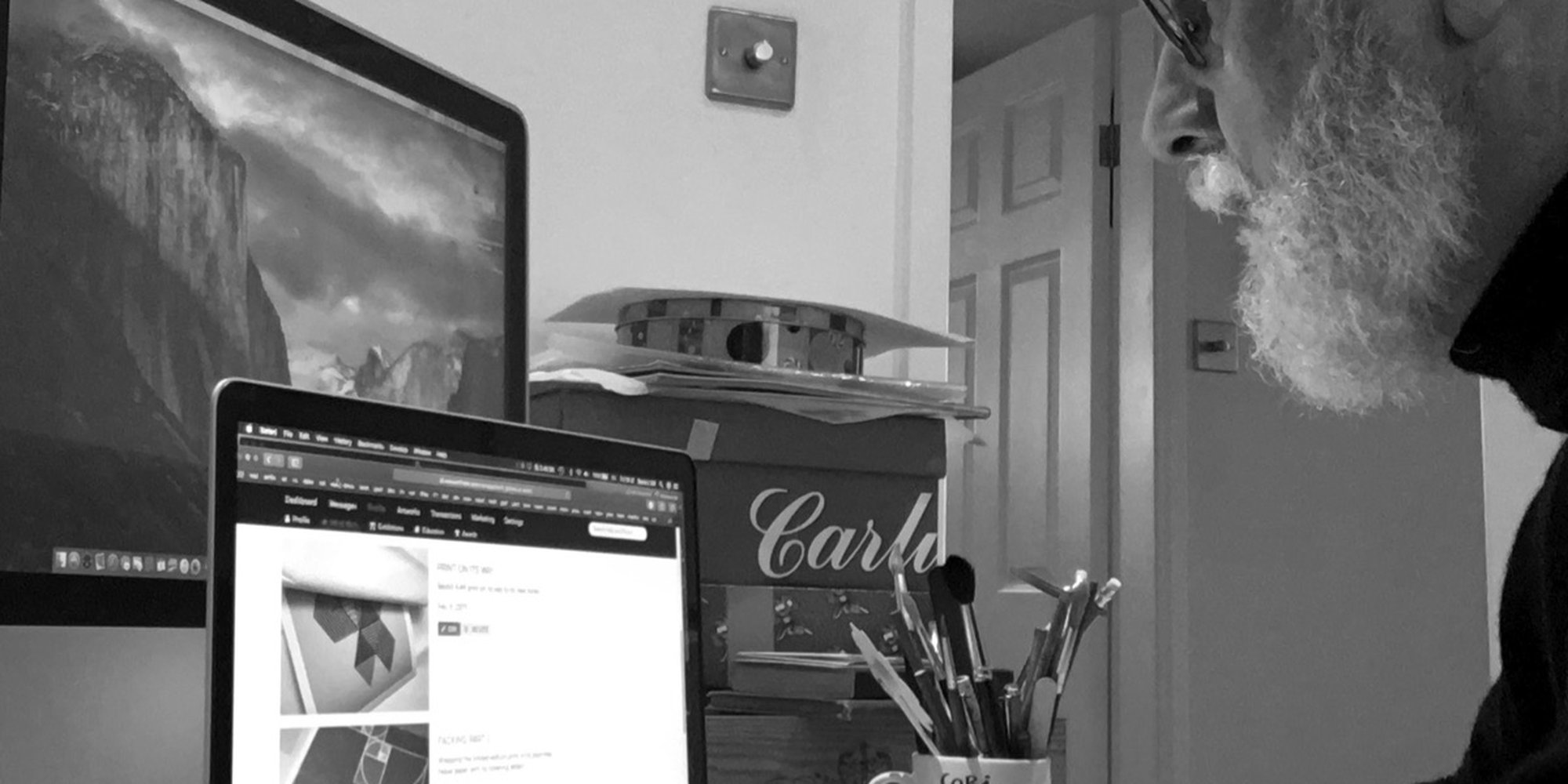In the first of a series of interviews with the winners from our Portraits from the Precipice competition, in partnership with Octopus Energy, we caught up with UK based artist, David Gill. His piece ‘Lost bottle, lost planet, lost people,’ which came in third place, was inspired by the increasing issue of plastic pollution in the ocean.
The Portraits from the Precipice competition called for artists to create works that raise awareness of climate change. Gill has always entwined the future of design with environmental issues, taking into consideration how to make design sustainable. His piece highlights how one plastic bottle can have a rippling effect on our environment.
What inspired you to get involved in Portraits From The Precipice?
It’s a really inspiring idea for a theme, that any artists/creatives should find challenging and really engaging. I’ve worked for many years teaching and lecturing on designing for our sustainable future, so I wanted to produce a strong visual response.
What inspired your piece?
The 'Lost bottle, lost planet, lost people' print concept came from watching the David Attenborough BBC Blue Planet programme about how we are polluting our oceans by the dumping of plastic waste. How microplastics and pollution are an increasing problem for the world's seas, one that threaten the lives of marine life and ultimately affecting the whole ecosystem of the planet.
What does art mean to you?
It’s part of my everyday life for so many years, it’s woven into my very fabric.
How and when did you first become an artist?
I left school at sixteen and went straight to Art School in Chester on the two year foundation programme (it was the best decision I ever made), then on to Exeter College of Art to study sculpture at degree level.
Do you have any other employment, and how does art feed into this?
I’m freelance Artist/Designer, a ‘Creative Practitioner’, but I was Head of Design at North Wales School of Art & Design for over twenty years before lecturing in Malaysia at Sunway University for a year. The creative issues surrounding environmental/sustainable design was an important thread that ran through all the degree programmes I ran during this time.
How can art help raise awareness of the climate crisis?
Art has always been great at communicating issues that affect the world around us and in changing the way in which the wider community engages with arguments like the climate crisis.
What do you say to those who think the art world is only for the rich?
I’ve seen first hand through teaching art and design, the way in which art can change people's lives through participation, viewing, making and that’s not confined to anyone particular strata of our society.
What are some of your favourite materials to work with and why?
The trusty pencil/pen and sketchbook, there is nothing better to capture your ideas and quickly modify and refine them (like I did with this portraits from the precipice project). I mostly complete my artworks on a laptop computer using various design software packages, they are so versatile. I like the fact that I can create artworks just about anywhere (as long as the battery lasts). I also have a background in creating sculptures, so I’d love to have access to a woodwork shop again, I'd be in seventh heaven!


